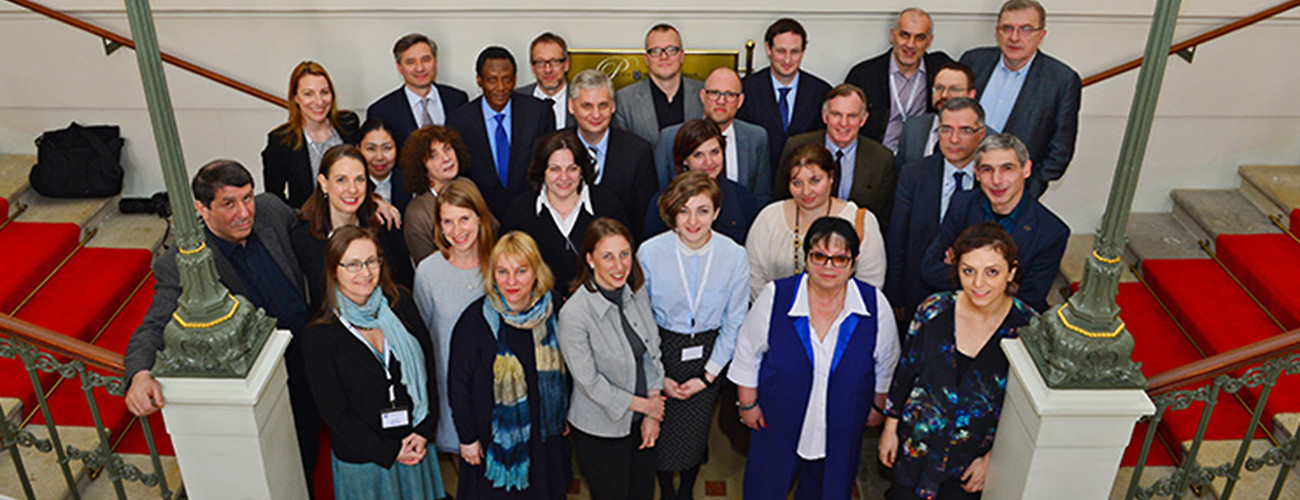On April 12-13, IPI, together with George Mason University, hosted a meeting in Vienna to discuss the costs of the Georgian-South Ossetian conflict and see what practical steps could be taken to enjoy the benefits of peace. As one participant asked, “Has enough time passed since the 2008 conflict to restore people to people contacts?” Another welcomed the opportunity “to meet and talk, instead of shooting.”
The meeting, which took place in the Palais Niederösterreich, brought together an eclectic group of Georgian and South Ossetian participants including local officials, political scientists, journalists, ombudsmen, students, economists, sociologists, archeologists, and representatives of civil society. They were joined by international experts from the Russian Federation, the United States, International Crisis Group, and Conciliation Resources, as well the European Union Monitoring Mission, the Organization for Security and Cooperation in Europe, the United Nations and the United Nations High Commissioner for Refugees. Representatives of donors from Austria, Switzerland, the United Kingdom and the United States also took part.
Discussions centered on a publication, launched at the meeting, entitled Cost of Conflict: Core Dimensions of the Georgian-South Ossetian Context, published by George Mason University. The report presents diverse views on the social, institutional, and economic costs of the conflict. These themes were raised in an open, frank, and constructive dialogue among the participants.
A particular focus was placed on the human costs of the conflict. This was illustrated by reading out interviews that had been made, particularly in rural communities, from people who had lived through the conflict and were struggling to cope in its aftermath.
The meeting also looked at the Georgian-South Ossetian conflict in the context of broader geo-political tensions, including between Russia and Georgia, Russia and the West, Turkey and Russia, as well as the recent outbreak of violence in Nagorno-Karabakh.
At the meeting, an archaeologist from Georgia presented results from a project designed to make digital archive materials of archaeological and ethnographic expeditions to North and South Ossetia accessible to South Ossetian colleagues. The maps, drawings, paintings, and photos show the way of life of the peoples of the Caucasus over a period of more than a century. To applause from the participants, he handed a copy of the collection to a representative from South Ossetia.
In addition to assessing the costs of conflict, the participants tried to identify small, meaningful steps to improve the lives of people in the affected region. A positive example cited by many participants was the recent exchange of Abkhaz, Ossetian and Georgian prisoners.
Representatives of the diplomatic corps in Vienna were briefed on the main conclusions of the meeting at a wrap-up session.
The meeting was held under the Chatham House rule of non-attribution.








